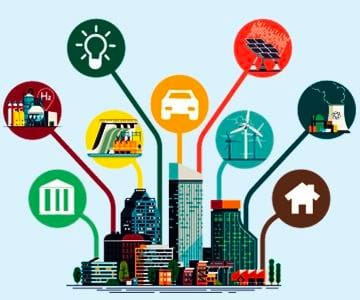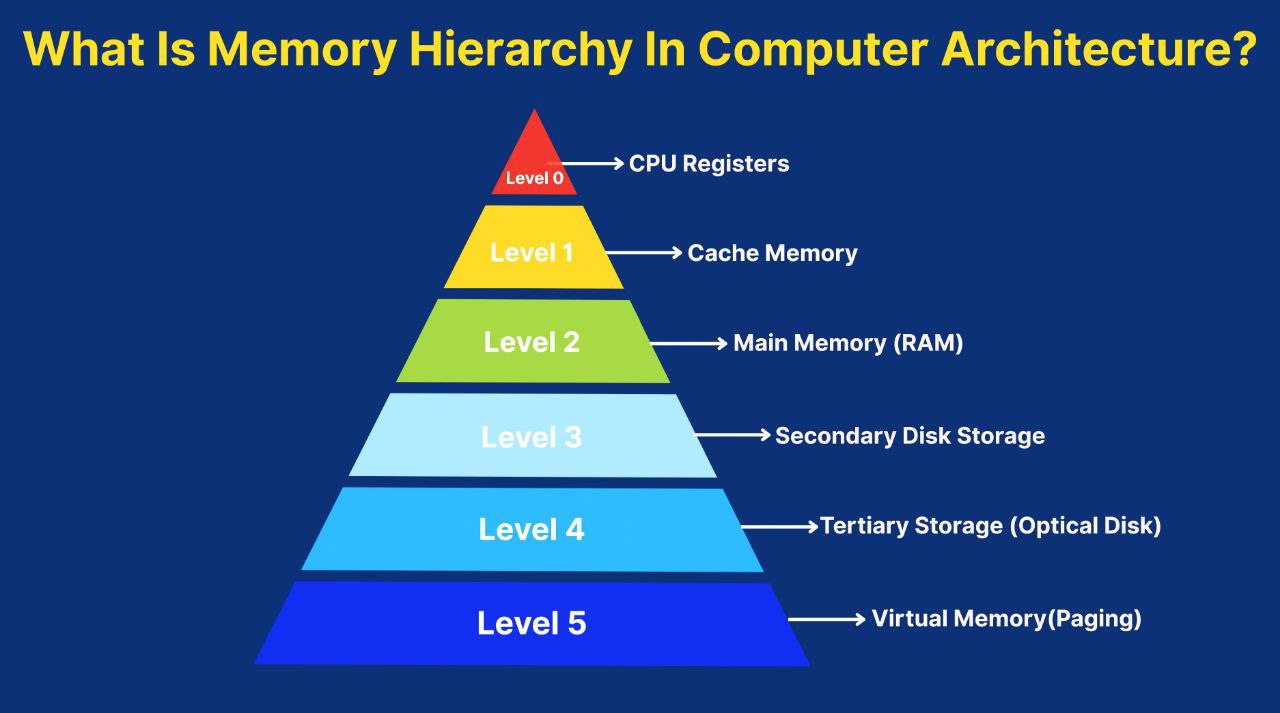Redressal of Public Grievances : e-Governance
e-Governance and Redressal of Public Grievances
e-Governance refers to the use of information and communication technology (ICT) to improve the delivery of government services, make governance more efficient, transparent, and accessible, and facilitate the participation of citizens in governance processes. When applied to the redressal of public grievances, e-Governance plays a pivotal role in enabling timely, efficient, and transparent resolution of complaints and grievances raised by citizens.
Importance of e-Governance in Public Grievance Redressal
e-Governance has transformed the traditional public grievance redressal systems by providing platforms that simplify the process of filing complaints, tracking their status, and ensuring accountability. Its significance in grievance redressal includes:
- Improved Accessibility:
- Citizens can lodge complaints or grievances from any location using online portals, mobile applications, or other digital platforms, eliminating the need to physically visit government offices.
- Increased Transparency:
- Grievances are tracked through automated systems that allow citizens to monitor the status of their complaints in real-time. This reduces the chances of complaints being neglected or overlooked.
- Timely Resolution:
- e-Governance systems have built-in mechanisms for escalating unresolved grievances to higher authorities, ensuring that issues are addressed within specified timeframes.
- Accountability:
- Government officials are held accountable for resolving complaints, as the system keeps a digital record of the time taken for resolution and can generate reports on the performance of various departments.
- Reduction in Corruption:
- The digitization of processes minimizes human interaction, reducing opportunities for corruption or bribery in grievance handling. This fosters a more transparent and trustworthy system.

Key e-Governance Initiatives for Grievance Redressal in India
- Centralized Public Grievance Redress and Monitoring System (CPGRAMS):
- CPGRAMS is a major initiative by the Department of Administrative Reforms and Public Grievances (DARPG). It is an online platform where citizens can lodge complaints regarding any public service at the central, state, or local levels.
- Key features:
- Citizens can submit grievances online or through mobile apps.
- Complaints are forwarded to the relevant department for resolution.
- Citizens receive a Unique Registration Number to track the status of their complaint.
- There are time-bound resolutions for grievances, with options for appeal and escalation in case of delays.
- State-Level Grievance Redressal Portals:
- Several states in India have developed their own e-governance portals to handle public grievances.
- For example:
- Aaple Sarkar (Maharashtra),
- Jansunwai (Uttar Pradesh),
- Samadhan (Madhya Pradesh),
- Prajaahita (Andhra Pradesh).
- These portals enable citizens to file complaints related to state services and receive prompt responses from the concerned authorities.
- MyGov Platform:
- MyGov is a citizen engagement platform launched by the Government of India. In addition to enabling citizens to participate in policymaking and governance, it also allows users to share feedback and raise grievances on various government initiatives.
- It promotes two-way communication between citizens and the government.
- e-District Project:
- As part of the National e-Governance Plan (NeGP), the e-District project focuses on providing district-level administrative services online.
- Citizens can lodge grievances related to services such as certificates, ration cards, and welfare schemes through the e-District portal.
- Lokvani Project (Uttar Pradesh):
- Lokvani is an e-governance initiative aimed at providing grievance redressal, information sharing, and public service delivery at the district level.
- It ensures accountability by providing citizens with access to information on grievance handling by government departments.
- Unified Mobile Application for New-age Governance (UMANG):
- UMANG is a government mobile app that integrates a variety of public services, including grievance redressal mechanisms for different departments.
- It allows users to file and track grievances across multiple government services from a single platform.
- Public Grievance Management System (PGMS):
- Many government departments and ministries have set up their own PGMS portals to resolve sector-specific grievances. For example:
- Indian Railways has a dedicated system for resolving complaints related to train services, ticketing, and safety issues.
- Income Tax Department has portals for tax-related grievances.
- Many government departments and ministries have set up their own PGMS portals to resolve sector-specific grievances. For example:
Advantages of e-Governance in Grievance Redressal
- Efficient Service Delivery:
- e-Governance speeds up the grievance redressal process by automating complaint registration, forwarding, and tracking, making the process more efficient compared to manual handling.
- Cost-Effective:
- Digital systems reduce the need for physical infrastructure and manual paperwork, lowering operational costs for the government while also saving time and resources for citizens.
- Data Analytics for Improvement:
- e-Governance systems generate valuable data on the nature of grievances, the efficiency of resolution, and areas where services are falling short. This data can be used to make evidence-based improvements in public service delivery.
- Wider Reach:
- Through online portals, mobile apps, and digital kiosks, e-governance ensures that grievance redressal mechanisms are accessible even in remote and rural areas, bridging the digital divide.
- User-Friendly Interface:
- Many grievance portals and apps are designed to be user-friendly, allowing citizens of different educational backgrounds to easily file complaints and check their status.
Challenges in Implementing e-Governance for Grievance Redressal
- Digital Divide:
- Despite advancements, there is still a digital divide in India, especially in rural and underserved areas where access to the internet and digital literacy is limited. This can prevent some citizens from benefiting from e-governance services.
- Lack of Awareness:
- Many citizens, particularly those in rural areas, may not be aware of the availability of e-governance platforms for grievance redressal, leading to underutilization of the services.
- Technical Issues:
- Frequent technical glitches, downtime of servers, and slow responses from online systems can frustrate users and diminish their trust in e-governance platforms.
- Delayed Resolution:
- While e-governance systems allow for quick registration and tracking of grievances, the actual resolution process may still be delayed if government departments lack the necessary resources or commitment to address complaints on time.
- Lack of Accountability:
- Although e-governance promotes transparency, some departments may still fail to take timely action on grievances. There is often a need for stronger monitoring and penalty mechanisms to ensure compliance with grievance redressal standards.
- Data Privacy Concerns:
- The increasing digitization of public grievance data raises concerns about data privacy and cybersecurity. Protecting sensitive information from breaches is crucial for maintaining public trust.

Way Forward
- Enhancing Digital Literacy:
- Governments should focus on improving digital literacy among citizens, especially in rural and marginalized communities, to ensure they can fully benefit from e-governance platforms for grievance redressal.
- Expanding Internet Connectivity:
- Expanding broadband access to remote areas and ensuring affordable internet will enhance the reach of e-governance systems and enable more citizens to use online grievance mechanisms.
- Regular System Upgrades:
- e-Governance platforms should be regularly updated to ensure faster performance, improved user interfaces, and enhanced security features to protect citizens’ data.
- Capacity Building:
- Government officials should be trained in the use of e-governance tools for handling grievances. This will ensure quick resolution of complaints and improve accountability.
- Public Awareness Campaigns:
- Governments should run awareness campaigns through traditional and digital media to inform citizens about the availability of e-governance platforms for filing grievances and accessing services.
- Strengthening Legal Frameworks:
- There should be stronger legal provisions ensuring that grievances are resolved within a defined timeframe, and mechanisms should be in place to hold officials accountable for delays or neglect.
Conclusion
e-Governance has revolutionized the way citizens interact with government authorities for the redressal of grievances. By making the process more accessible, transparent, and efficient, e-governance platforms have reduced the bureaucratic hurdles often associated with grievance handling. However, for e-governance to be fully effective in grievance redressal, challenges like the digital divide, awareness gaps, and system inefficiencies must be addressed. By expanding digital infrastructure, increasing accountability, and ensuring timely redressal, e-governance can significantly improve the quality of public services and strengthen the trust between the government and its citizens.
Share this content:



Leave a Reply